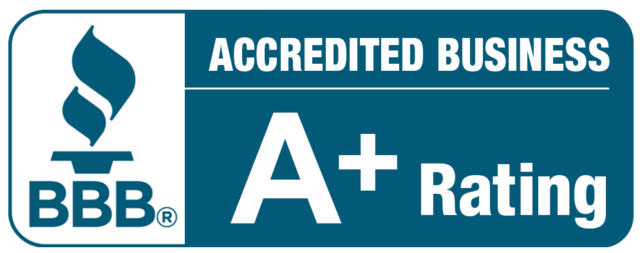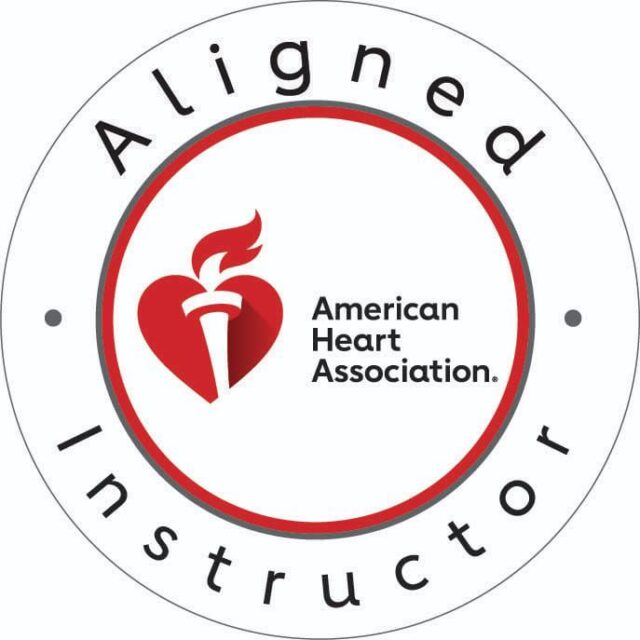What are the strategies for fall prevention? What can I do to keep my clients safe from falls?
First things first, in the realm of caregiving, the importance of fall prevention cannot be overstated. For those under your care, preventing falls is a cornerstone of ensuring their safety, well-being, and independence.
As caregivers, our commitment extends beyond mere assistance; it encompasses the creation of an environment that not only safeguards but also empowers those under our care.
This guide shows you how you can prevent falls by unveiling 15 strategies that marry professional insight with a deeply personal touch. Each strategy is a thread in a narrative that goes beyond routine care, aiming to provide safety and independence.
Not only will you prevent falls, but you will also be able to offer emotional and holistic well-being to those entrusted to your care. See how to make each step secure, ensuring that the path those you care for tread upon is one of safety, dignity, and unwavering support.
What are the most common causes of falls for in-home patients?
Falls among patients who need care can be attributed to various factors, often a combination of physiological, environmental, and lifestyle elements. Here are some of the most common causes:
- Poor balance, muscle weakness, foot problems, or reduced coordination
- Medication side effects such as dizziness, drowsiness, or lightheadedness
- Vision impairment such as poor eyesight, untreated vision problems, or vision changes.
- Environmental hazards such as cluttered living spaces, loose rugs, uneven flooring, and poor lighting
- Chronic health conditions like arthritis, Parkinson’s disease, and cardiovascular issues
- Cognitive conditions, including dementia and Alzheimer’s disease, can impair judgment and spatial awareness, making individuals more prone to falls as they navigate their surroundings.
- Not using assistive devices like canes or walkers when needed can contribute to falls.
Awareness of these common causes enables caregivers to implement targeted strategies and interventions to reduce the risk of falls among in-home patients.
15 Strategies for Fall Prevention in Caregiving
Here is a list of strategies for fall prevention when you give care:
1. Home Safety Assessment
Conduct a thorough examination of the home environment, identifying potential hazards like loose rugs and poor lighting. Addressing these concerns promptly ensures a safe living space for individuals who may be at risk of falling.
2. Regular Exercise Programs
Design personalized exercise routines focusing on balance, strength, and flexibility. Regular physical activity not only improves overall health but also enhances muscle tone and coordination, crucial elements in preventing falls.
3. Proper Footwear
Advocate for the use of well-fitted footwear with non-slip soles to provide stability and traction. Choosing appropriate footwear reduces the risk of slips and falls, especially for individuals with mobility challenges.
4. Assistive Devices
Introduce and encourage the use of assistive devices like canes or walkers. These tools offer additional support, aiding individuals with compromised mobility to move around safely and confidently. See list of Assistive Technology For Caregiving
5. Medication Management
Collaborate with healthcare professionals to review and monitor medications. Understanding the potential side effects, such as dizziness or imbalance, helps in mitigating the risks associated with certain medications.
6. Regular vision check-ups
Schedule regular eye examinations to monitor changes in vision and address any issues promptly. Clear vision is crucial for navigating the environment safely and preventing falls related to visual impairments.
7. Home Modifications
Implement home modifications such as handrails, grab bars, and non-slip mats to enhance safety throughout the home. These adjustments create a secure living space, reducing the likelihood of accidents.
8. Stay Hydrated
Emphasize the importance of proper hydration to prevent dizziness and weakness according to Harvard T. H. Chan School of Public Health. Regular fluid intake contributes to overall health and reduces the risk of falls associated with dehydration.
9. Fall-Resistant Clothing
Choose clothing that fits well, and avoid loose or trailing garments that could pose a tripping hazard. Properly fitted clothing promotes ease of movement and reduces the risk of falls.
10. Regular health check-ups
Schedule routine health check-ups to monitor overall well-being and identify any health issues that could contribute to falls. Proactive healthcare ensures timely interventions to address potential risk factors.
11. Balanced Nutrition
Promote a diet rich in calcium and vitamin D to support bone health. Adequate nutrition contributes to strong bones, reducing the risk of fractures in the event of a fall. See how to plan a meal.
12. Patient Education
Educate individuals under care about fall prevention strategies, involving them in the process. Empowering patients with knowledge increases their awareness and active participation in maintaining their own safety.
13. Emergency Response Plan
Develop and communicate a clear emergency response plan in the event of a fall. Ensuring that caregivers, family members, and emergency contacts are familiar with the plan facilitates a swift and effective response.
14. Encourage regular eye movements
Encourage individuals to move their eyes regularly, especially during position changes. This practice helps maintain spatial awareness and reduces the risk of disorientation leading to a fall.
15. Open Communication
Maintain open communication with the individual under care, actively listening to their concerns. Adjust care plans and strategies based on their experiences, fostering a collaborative approach that enhances overall fall prevention efforts. Regular communication builds trust and ensures that caregiving remains responsive to individual needs and preferences.
Conclusion
As caregivers, our dedication to fall prevention goes beyond routine tasks; it involves creating an environment that promotes safety without compromising independence.
By integrating these 15 strategies into our caregiving approach, we pave the way for a secure and empowering journey for those we care for.
With each step taken in the realm of fall prevention, we contribute not only to physical safety but also to the emotional well-being of those entrusted to our care.
We hope you find this guide helpful.
If you are in Indiana and looking for how to access quality care services and personalized client care plans, visit Good Hands Home Care Agency, where care is offered with professionalism and efficiency.





